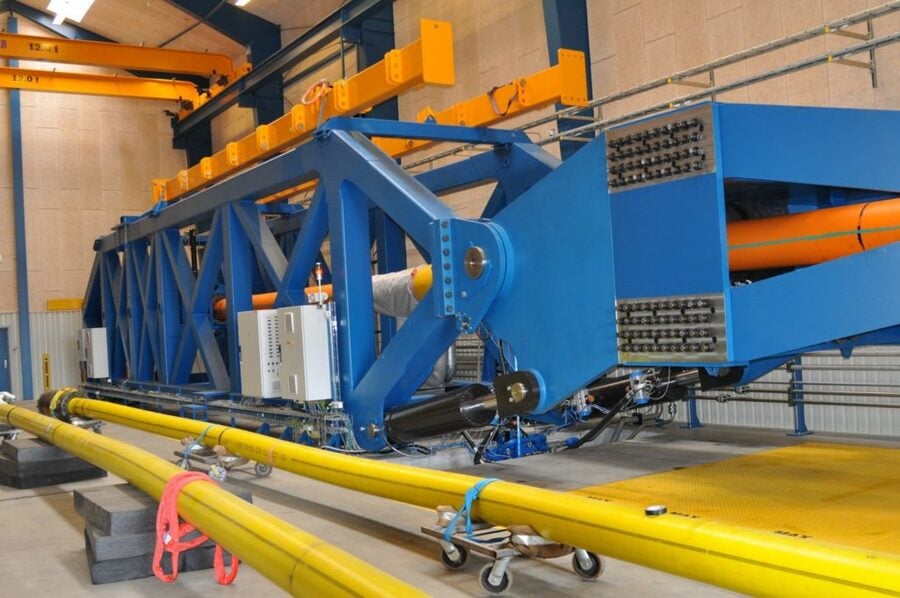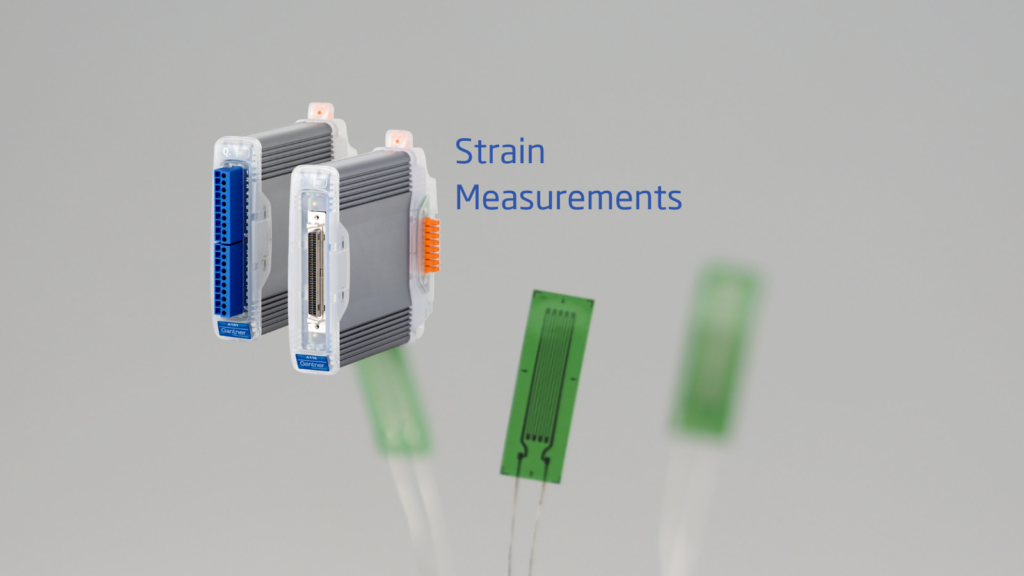NOV (National Oilwell Vacro) is a global company in the fields of drilling and conveying technology. NOV supports the world’s most advanced drilling solutions in the oil and gas industry.

Here almost 150 measuring channels are used in a test system:
- 10 x IEPE with 5 x Q.bloxx A101
- 24 x current with 3 x Q.bloxx A108
- 12 x Pt100 with 3 x Q.bloxx A107
- 96 x SG with 12 x Q.bloxx A116
- Multiple digital I/Os
The measured data is recorded at a sample rate of 10 kHz. A data logger was configured in the Q.station test controller that records the conditioned and raw data. The recorded data is transferred to a SQL database using the test.node server software.
At present, four test systems are being built; with additional systems being planned. Testing is performed in cooperation with our Danish partner IPC Teknik ApS.
More articles
Top 3 product highlights of the new Q.series X for data acquisition
We think power and flexibility matter. And more power and more flexibility are even better. That’s why we put all our effort into developing more effective solutions for all advanced data acquisition tasks ahead of you. The extended edition of the Q.series offers powerful signal conditioning, higher ADC and data rates and you can even re-configure during operation.
Read more...8 Tips to Consider When Buying a Strain Gage Amplifier
The strain gage is one of the most important tools of the electrical measurement technique applied to the measurement of mechanical quantities. As their name indicates, they are used for the measurement of strain.
Read more...Hydrogen Technology Europe 2024
A growing range of industries are adopting electrolyzers and fuel cell technology to be part of the decarbonization deal in their production processes. When variable renewable energy (VRE) generation is increasingly curtailed, this cheap and clean energy has to be carefully controlled and measured to be used with electrolyzers to create green hydrogen, driving sustainable processes and manufacturing of bulk materials like steel or ammonia .
Read more...Webinar – Top Considerations for Selecting a Data Acquisition System for Testing Application
In today’s ever-changing technology environment, Test Engineers face bigger & more complex challenges than ever before when choosing a Future Proof, Robust & Expandable Data Acquisition System.
Read more...